Tucker’s Hill ~ Corntown, Devon.
Client : Private.

In the past, at Tucker’s Hill, an extension had been built on the rear of the property using concrete facing blocks, a cast concrete block which replicates the look of ashlar stone, but at the end of the day, they still just look like concrete blocks.
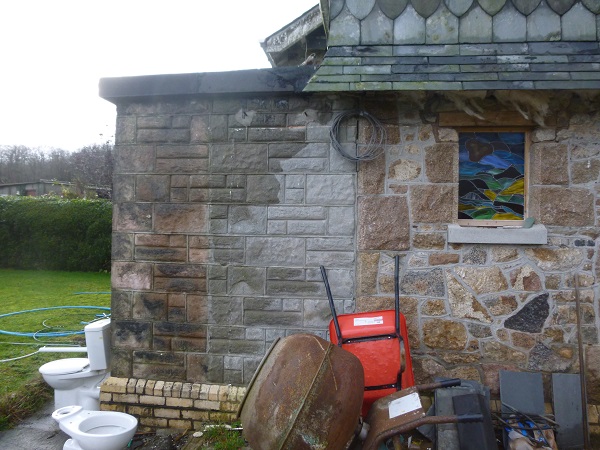
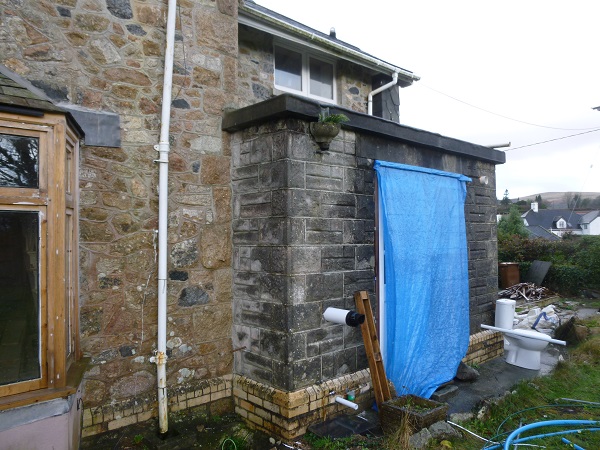
The property here was built towards the latter end of the 19th century using local Dartmoor granite. For us, this was not technically a new build as the extension was already here, so this was more of a refurbishment, but the client wanted all the concrete facing blocks removed and then re-built with new stonework to match the existing stone on the property. The extension consisted of a cavity wall construction with a cast concrete flat roof that had been asphalted over. The internal leaf of blockwork supported the concrete flat roof, so out came the external concrete facing blocks and we put in a D.P.C. (damp proof course) along the base of the extension.
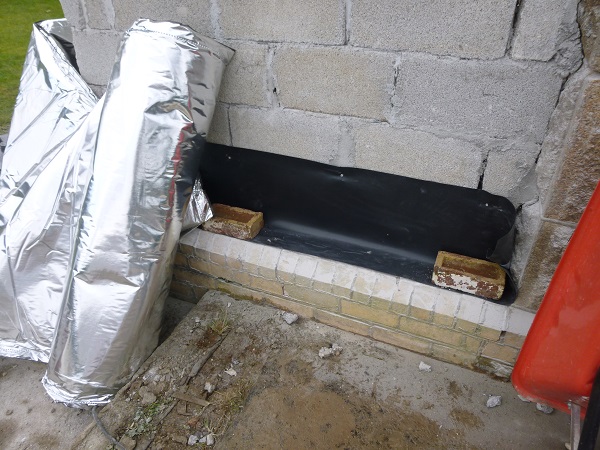
Then we fixed the insulation and ‘SureCav’ for the preparation of the new stonework.
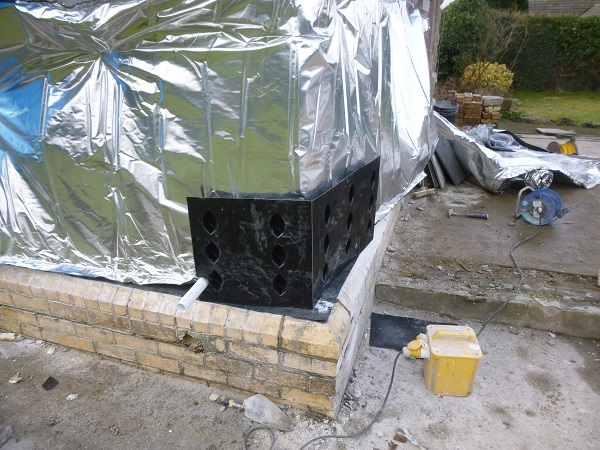
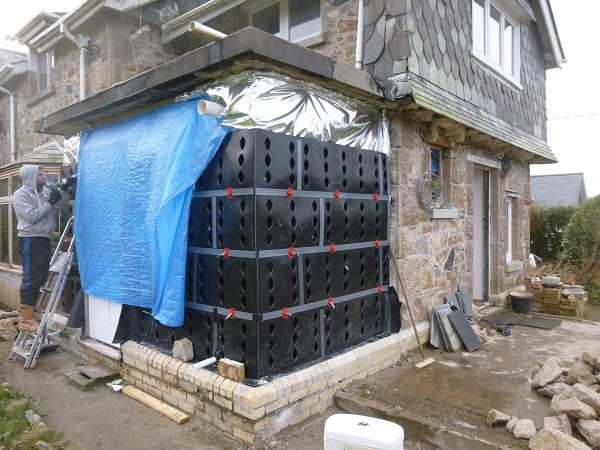
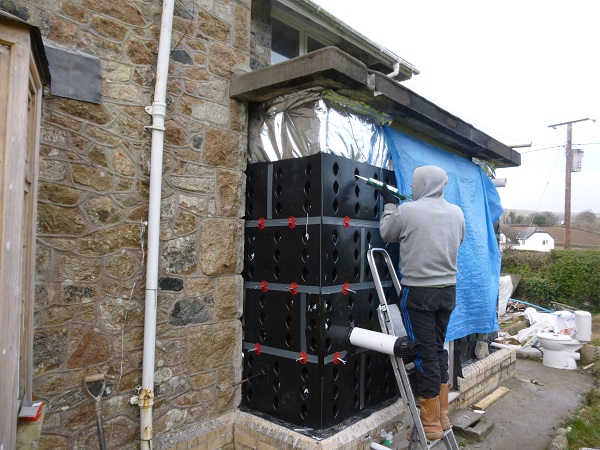
SureCav sits in the cavity against insulation fixed to the inner leaf of blockwork and allows a stone, slate, brick or flint outer skin to be built without the need of an additional block outer leaf to build against. When installed correctly, this system forms a guaranteed watertight cavity. The granite used for the quoins and openings on all the doors and windows to the original property had been dressed with a margin to give what is know as a ‘rusticated’ finish.

New Dartmoor granite was sourced and this was then cut and dressed to match the existing quoin stones.
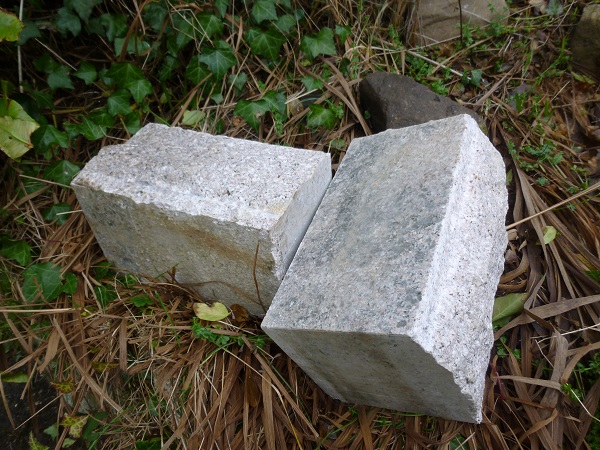
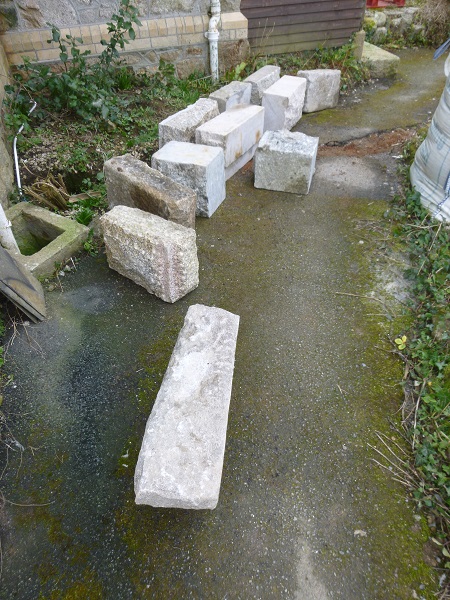
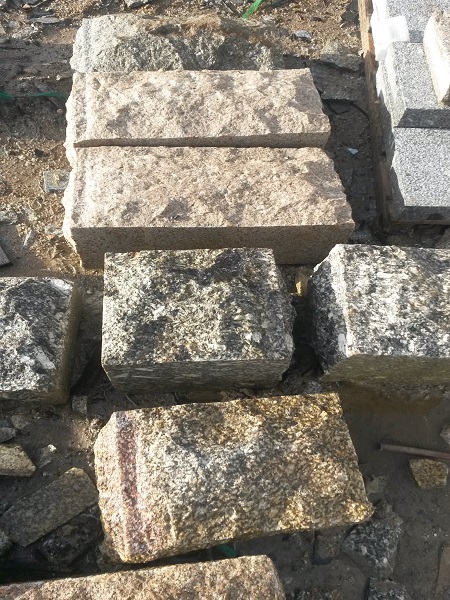
Once the quoins were ready it was time to start putting stonework up. Apart from the quoins, irregular random rubble granite from Dartmoor was used for this.
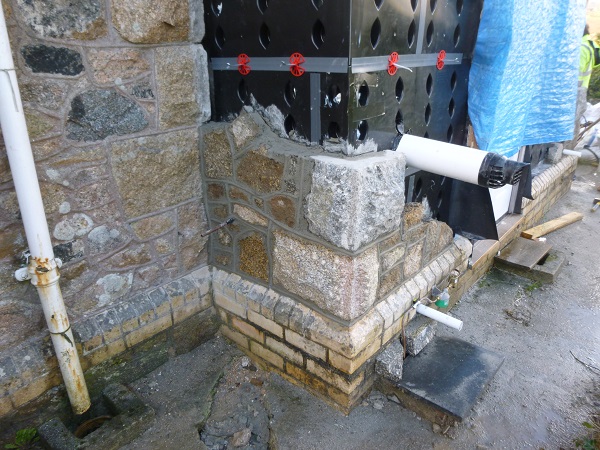
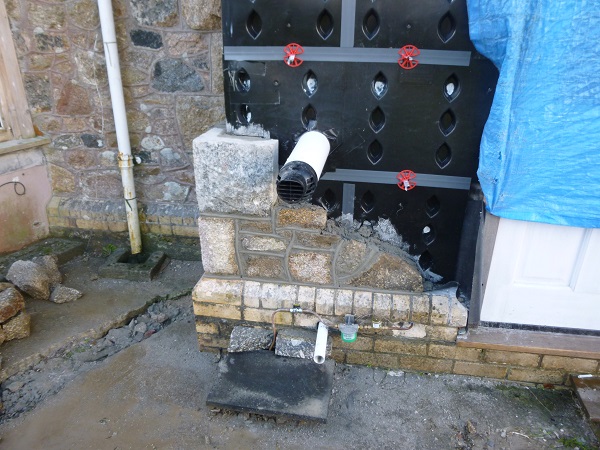

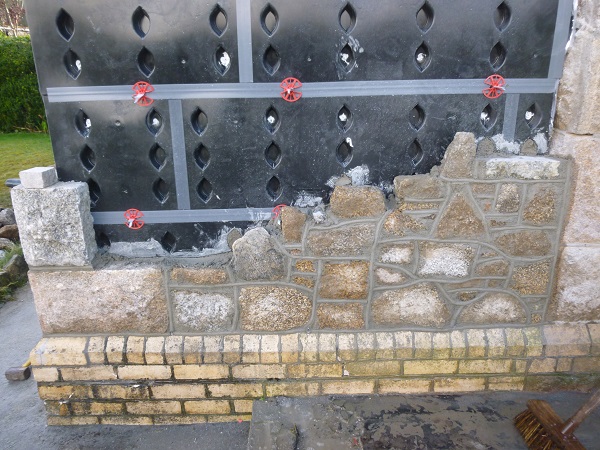
The style of jointing is called ‘snail creep’ created by using an old bucket handle. This type of jointing is finished as the work proceeds.

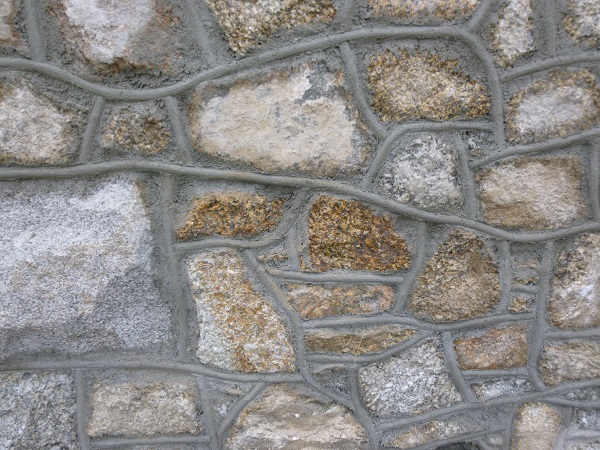
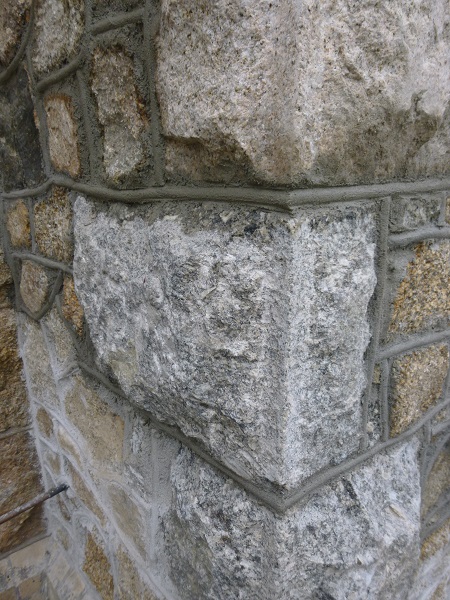
We continued on with bringing the stonework up.
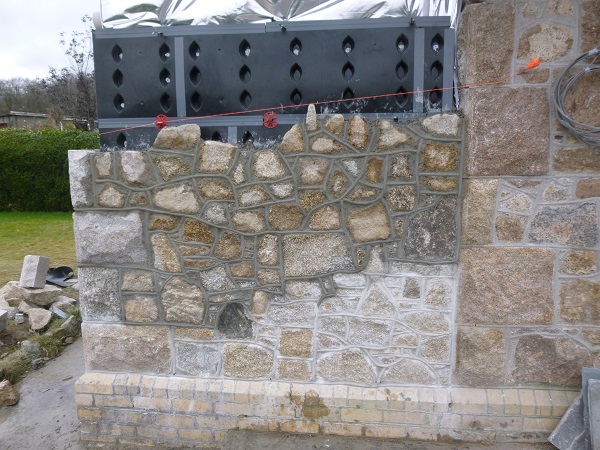

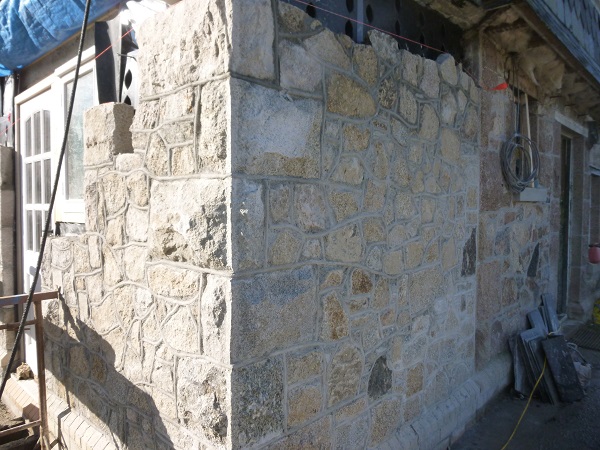
We also put in a threshold for the door. Splayed bricks were used to match the bricks which were originally used for the plinths on the property.
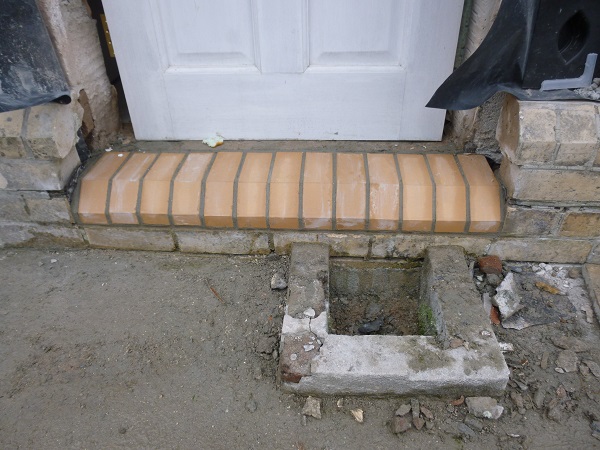
A traditional lime mortar was used to build all the new stonework.


